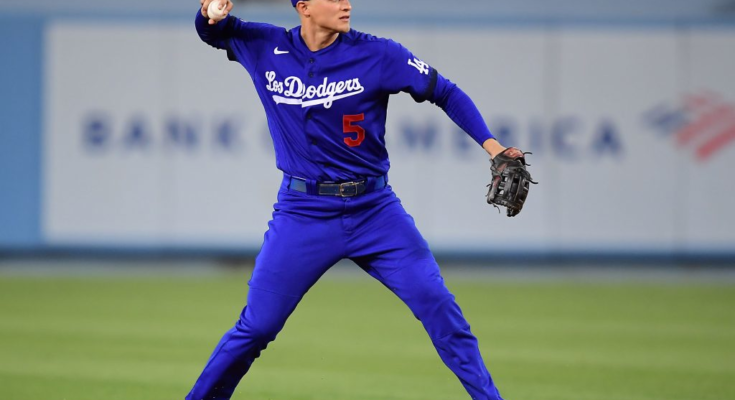The 2021-22 offseason is unlike any we’ve seen in recent history, with players and teams somewhat flying blind as the expiration of the 2016-21 collective bargaining agreement looms at 11:59pm ET on Dec. 1. Because of the widely expected lockout and uncertainty as to what changes will be made to key economic facets of Major League Baseball — the luxury tax, the arbitration system, the potential implementation of a salary floor — there’s been fairly prevalent speculation that the majority of major free-agent dealings would only occur after a lockout has been resolved.
That’s not necessarily the case, ESPN’s Jeff Passan writes in his takeaway column from this week’s GM Meetings in California. To the contrary, there’s a sense that top free agents Corey Seager, Marcus Semien and a few prominent starting pitchers could come off the board while the current CBA is still in play. Similarly, some in the industry expect that at least some of the offseason’s most aggressive teams (e.g. Rangers, Tigers, Mariners, Blue Jays) could be highly active in the days and hours leading up to the current agreement’s expiration, per Passan.
To some extent, it’s only logical to see the markets for certain top-of-the-scale free agents crystallize more quickly than others. Seager is one of the top two names on the market, while Semien is coming off the best season of any of the “second tier” of shortstops — those expected to sign north of $100MM but well beneath the likely $300MM+ price range of Seager and Carlos Correa.
Demand figures to be robust for both Seager and Semien. And, with likely interest from teams that won’t have immediate luxury-tax concerns regardless of who they sign, thanks to fairly wide-open payroll outlays, not every interested team will be overly concerned with waiting to see how the luxury tax unfolds. A lack of luxury-tax concern among Texas, Detroit, Seattle and Toronto surely dovetails with expectations that they could act more quickly than, say, the Yankees or Dodgers — both of whom will be keenly interested in the particulars of a restructured competitive balance tax.
Both Seager and Semien are of interest to the Yankees, Passan reemphasizes, though that much is well known by this point. Yankees GM Brian Cashman effectively kicked off the team’s offseason by announcing his desire to improve at shortstop, and it’d frankly be more surprising to learn that the Yanks were “out” on any one of the top free-agent shortstops than to hear they’re still in the mix.
There’s certainly no guarantee that either Seager or Semien will sign prior to Dec. 1, but it’s also in many ways sensible for both teams and players to want to strike early. Assuming there is indeed a lockout, MLB free agency would resume at a rather frenzied pace. There’d be obvious benefit to teams having cost certainty and avoiding some of that chaos by checking a big-ticket item off the list early in the process. From the players’ vantage point, there has to be concern about getting lost in the shuffle — particularly among second- or third-tier names. Furthermore, as is the case every winter, free agents tend to prefer the certainty of knowing where they (and their families) will be for the foreseeable future.
Even from an agency standpoint, early deals make some sense, if the demand is sufficient enough to drum up a palatable offer. For instance, the Boras Corporation represents both Seager and Semien, but they’ll also be negotiating deals for Max Scherzer, Nick Castellanos, Michael Conforto, Carlos Rodon, Yusei Kikuchi and James Paxton, among others. It’s a lot to juggle in what would be a condensed free-agent period, post-lockout. It’s easy to see the appeal of an early contract or two for any agency with a lengthy client list this winter.
To this point, there’s been little in the way of actual activity, save for a trio of one-year deals for Andrew Heaney (Dodgers), T.J. McFarland (Cardinals) and Joely Rodriguez (Yankees). Teams and agencies acting with a bit of increased urgency, however, carries the potential for a perhaps brief flurry of deals in the next three weeks, even if the prevailing wisdom is that the majority of the offseason’s heavy lifting will come in the wake of, and not in advance of, a lockout and subsequent transaction freeze.


